Halloween is upon us, otherwise known as the season of creepy ghost stories – and perhaps no story is creepier than a real-life horror story right here in North Jersey. This is the story of mysterious letters sent to a young family from someone who was ‘watching them.’ The letters revealed details of their lives + issued threats, even referring to the family’s children as ‘young blood.’ The sender eerily named himself ‘The Watcher’ and continued to harass and stalk the Broaddus family, who had purchased the home at 657 Boulevard in Westfield, NJ back in 2014. This story quickly became famous — and now, eight years later, it’s a hit Netflix series aptly named The Watcher. The show is the disturbing tale of a New Jersey family plagued by anonymous, bone-chilling letters. We took a deep dive into the true story behind The Watcher to assess how accurate the show is — including a look into the very true and horrifying John List murders. Read on to learn all about The Watcher and its connection to Westfield, New Jersey.
P.S. There are some spoilers in this post for The Watcher series. Also, The Montclair Girl is not encouraging visits to this home, as it is now occupied by a new family and covered in caution tape to prevent trespassers. If you are passing by the house, please stay off the property and remain respectful.
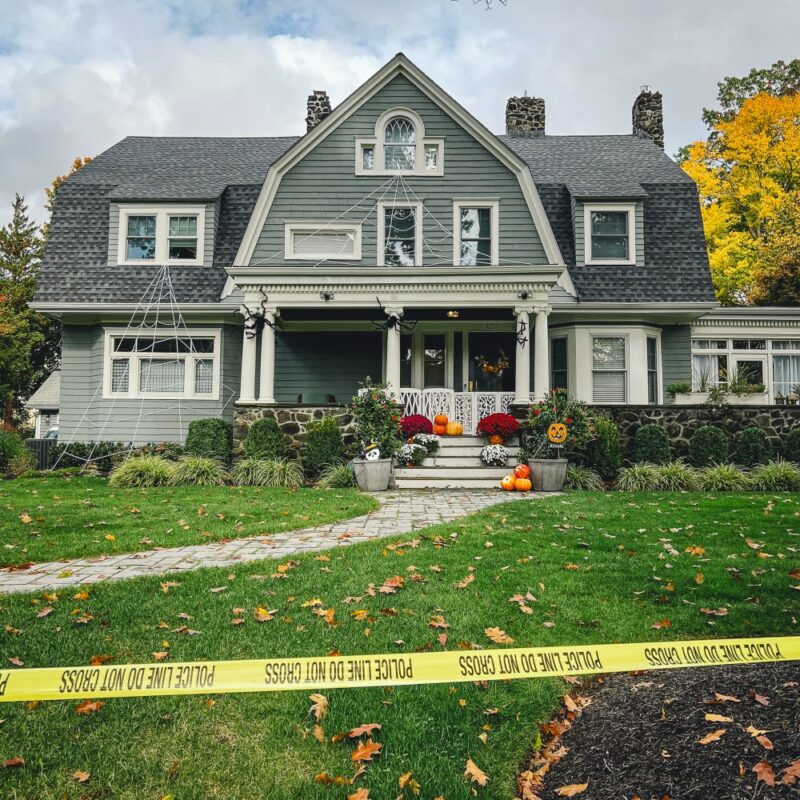
The True Story of the Watcher
In June 2014, Derek and Maria Broaddus moved into their beautiful dream home at 657 Boulevard in Westfield, New Jersey, with their three children. The family bought the Dutch revival, six-bedroom home for $1.3 million, seemingly celebrating Derek’s 40th birthday and his promotion to senior vice president of a Manhattan insurance company. The town of Westfield was a good fit — named the 99th-richest city in America by Bloomberg — along with being not too far outside of New York, beautiful, and welcoming. Three days after closing on the house, the family began working on some minor renovations before moving in. That was the day they received the first letter.
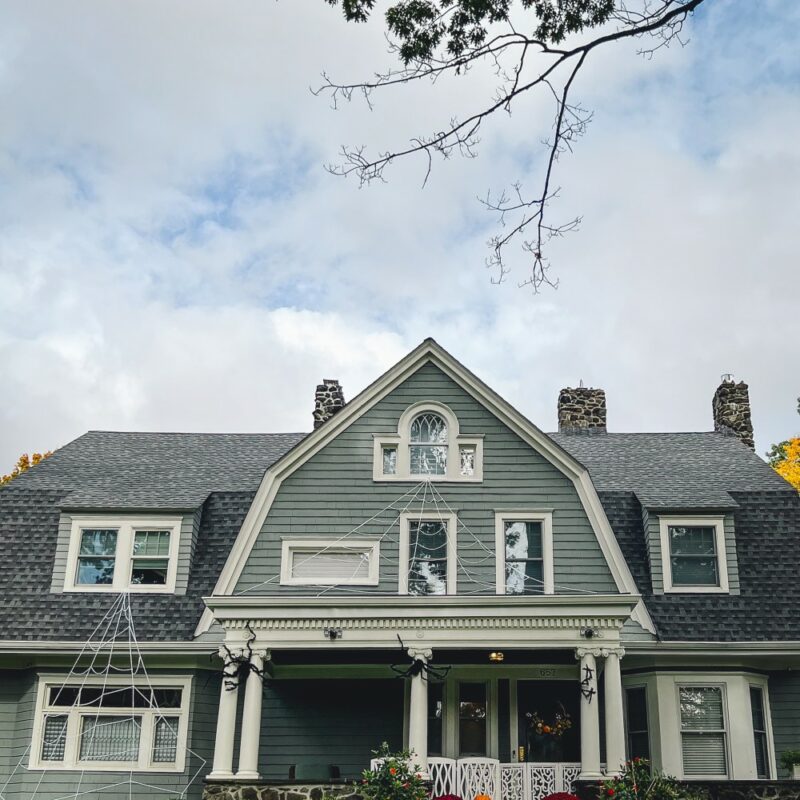
Read More: 12 Movies + TV Shows Filmed in Essex County
It had a nice enough start:
“Dearest new neighbor at 657 Boulevard,
Allow me to welcome you to the neighborhood.”
But concern began when the tone of that first letter changed into something else:
“How did you end up here? Did 657 Boulevard call to you with its force within?”
The letter continues to become more frightening:
“657 Boulevard has been the subject of my family for decades now and as it approaches its 110th birthday, I have been put in charge of watching and waiting for its second coming. My grandfather watched the house in the 1920s and my father watched in the 1960s. It is now my time. Do you know the history of the house? Do you know what lies within the walls of 657 Boulevard? Why are you here? I will find out.”
He ends this first letter and all his following letters with the moniker, “The Watcher.”
As new letters appeared, The Watcher identified the family by name, discussed the brand of their car, and described the workers doing the renovations. And worse still, they write about the Broadduses’ young children, at the time 5, 8, and 10 years old:
“Do you need to fill the house with the young blood I requested? Better for me. Was your old house too small for the growing family? Or was it greed to bring me your children? Once I know their names I will call to them and draw them too [sic] me.”
The anonymous letters continued to terrorize the family, taunting: “Look out any of the many windows in 657 Boulevard at all the people who stroll by each day. Maybe I am one.”
Derek was worried, stressed, and reported the letters to the police. Though the family was still living in another home in Westfield and had not yet moved into 657 Boulevard, they reached out to the previous owners. The last owners lived in the house for 23 years and said they received one “odd” letter before selling but threw it out, unconcerned. This would later prompt a lawsuit, with Broadduses claiming the former owners knew about the stalking before selling them the home.
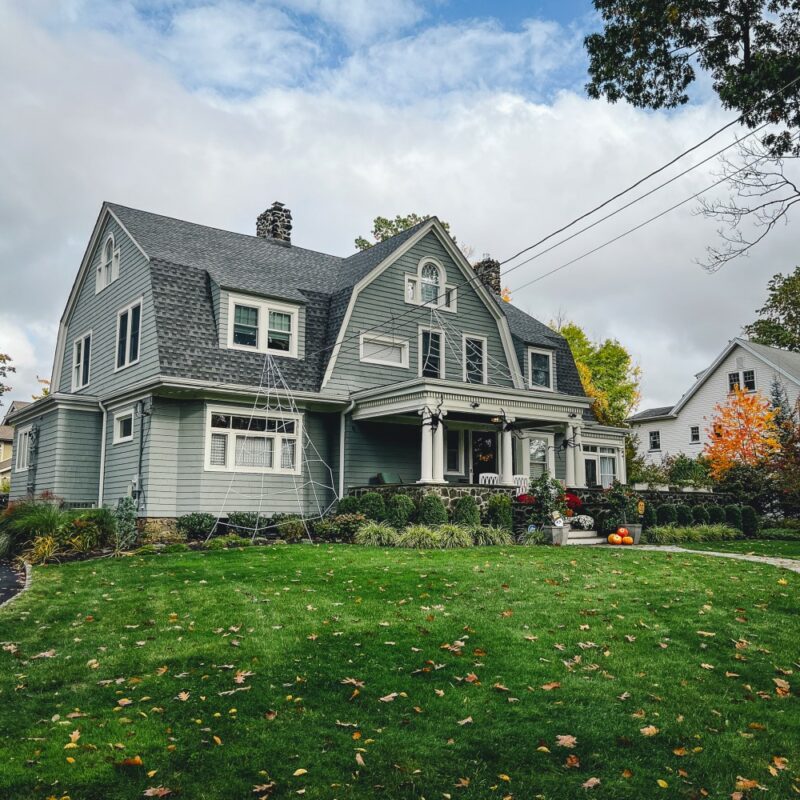
The police suspected The Watcher was a local neighbor, which left the Broaddus family nervous and aloof at gatherings. Derek became obsessed with finding out who was harassing them, installing cameras, and watching the streets at night to see if anyone was out there. They hired private investigators and former FBI agents to conduct a threat assessment. Nothing materialized, and the case went cold. Frustrated and frightened, the Broadduses decided to rent and then sell the house. They never even moved into their six-month-old, newly-updated property. The Watcher was never unveiled, and the case is still unsolved today.
While the family kept the letters a secret, a local reporter discovered the couple’s legal complaint to the previous owners. From there, the story went viral. The Watcher became a quick sensation, most notably via The Cut’s epic telling of the twisted letters. The story also appeared on Buzzfeed Unsolved, where it now has 15 million views to date. Since then, it was made into the recently-released Netflix hit, The Watcher.
The True Story vs. The Netflix Series
There are quite a few discrepancies between The Watcher series on Netflix and the true story, but we have to admit, the series is a compelling take on the Westfield mystery. Here’s what Ryan Murphy changed in taking this story to the silver screen.
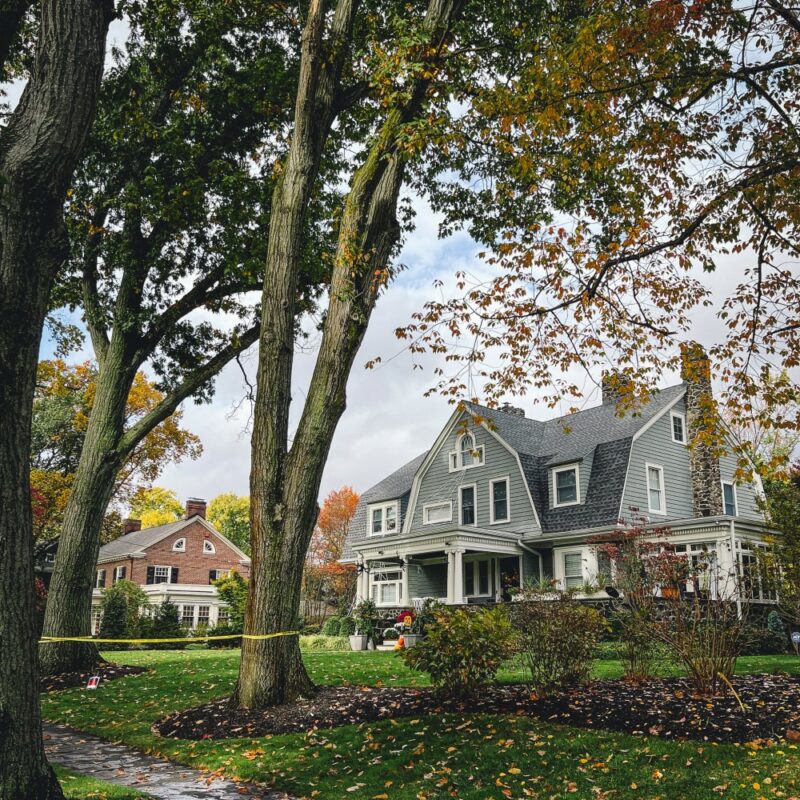
- The Broaddus family had three children, not two, and they were much younger than in the series at the time of The Watcher’s letters. The family requested this, as they wanted the portrayal of themselves and their children to look different as well as have changed names.
- The family bought the house for $1.3 million, not the $3.2 million in the series.
- They never officially moved into the house because the family was having minor renovations done beforehand. Once they started receiving the letters, the family continued to have reservations about moving in, deciding to rent the property until it was ready to sell.
- The actual house is more modest than the filming location in Rye, New York. While the home is a beautiful feature of Westfield’s Boulevard, it is not as big or sprawling as in the series.
- Because the real family hadn’t yet moved in, there were no break-ins and other encounters with terrible neighbors that the series relies on for drama.
- There are no tunnels in the original house.
- The family did know who previously owned the house, eventually suing them for allegedly concealing the letters. The series claimed the previous owners were unknown and couldn’t be uncovered.
- The Brodduses claim to have never written any of the letters and have maintained this for several years. In the series, Dean, the father, claims to have written one of the letters because he was worried about the cost of the home and was considering getting out.
While there are many changes to the original story, many elements originate from genuine leads and people involved in the case.
The True Murders of John List
The character of John Graff, who appears in the series, is based on the true story of John List. List was a devout Lutheran and a Sunday school teacher who also lived in Westfield but in the 1960s and 70s. However, unlike the series suggests, he did not live in the 657 Boulevard home but in a 19-room Victorian mansion at 431 Hillside Avenue.
On November 9th, 1971, List brutally murdered his entire family using a 1912 semi-automatic handgun and a Colt revolver. While his three children were at school, List shot his wife, Helen, 46, in the back of the head, then his mother, Alma, 84. When his 13- and 16-year-old children came home, he shot them each in the head. He then went to his other son’s basketball game before driving him home and shooting him several times. He left the bodies in the house and fled, sending letters to their school as if the family was still alive. Neighbors became nervous about not seeing the family, and the police finally investigated.
List confessed to his pastor in a five-page letter, claiming he had committed the murders to save their souls. List continued to evade police for 18 years when he was finally arrested in Denver after “America’s Most Wanted” shared his murders on television and received helpful tips. Ryan Murphy used this Westfield murder as a form of inspiration for The Watcher series.
Did the Family Make Money Selling The Story?
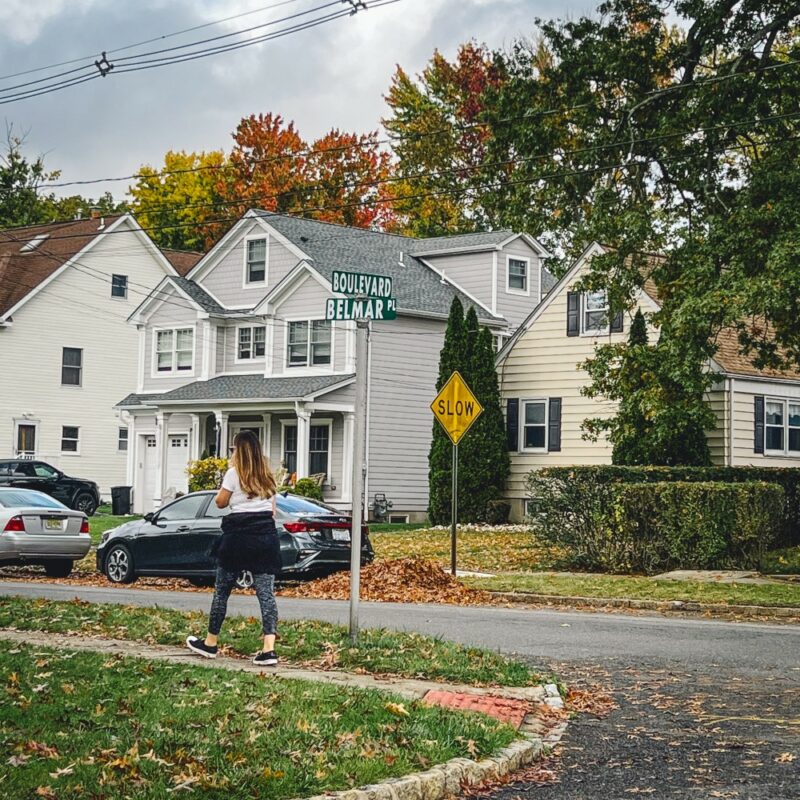
Apparently, the family did not want to have their story told or written about, preferring to move on with their lives. They did not make much money from the rights to their tale, selling the story of The Watcher for the Netflix series for less money than they lost on selling the 657 Boulevard home.
See More: 13 TV Shows That Have Referenced Hoboken
Is the House Still There?
Yes, the original house is still in Westfield, with new owners. However, the street has become congested by gawkers and a media frenzy because of the Netflix series. While we do not encourage it, if you do plan to visit the original Dutch revival home, please remember to be respectful, follow traffic laws, and do not disturb the family currently living there. There is currently caution tape lining the property to prevent trespassing. Via a local councilman: “Please be respectful of the homeowner and the community.”











